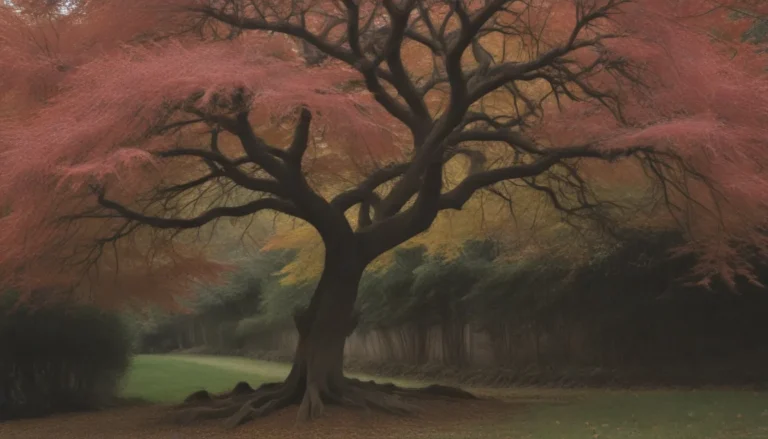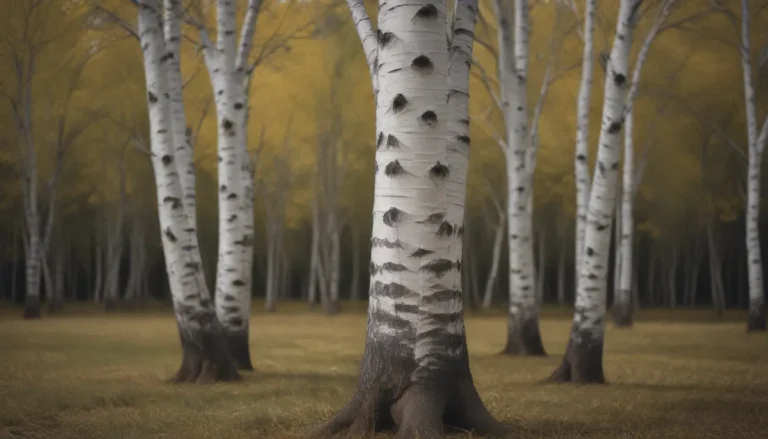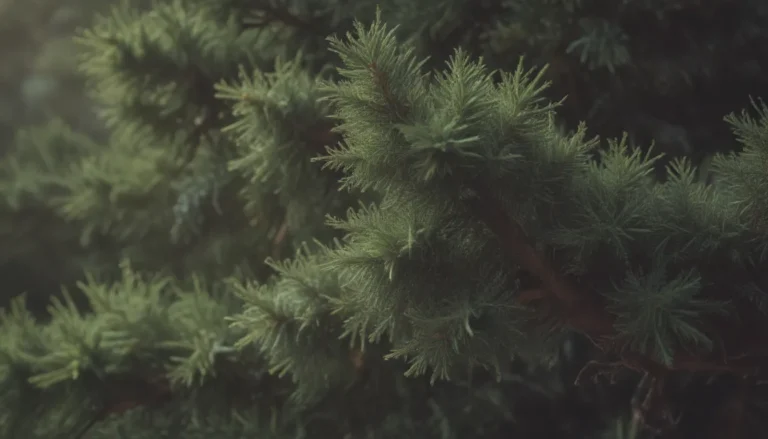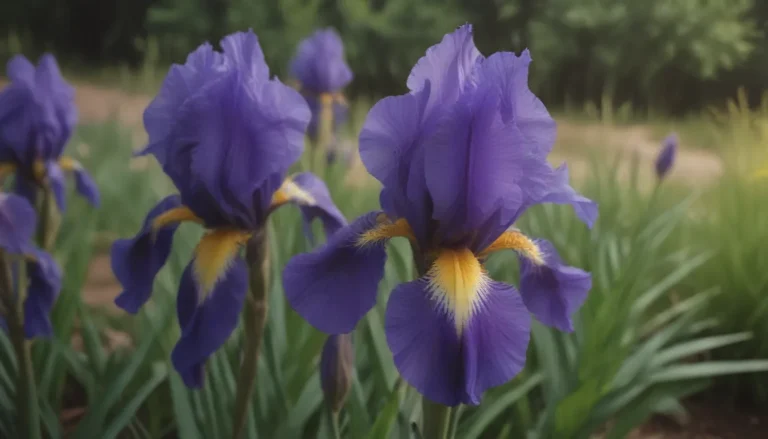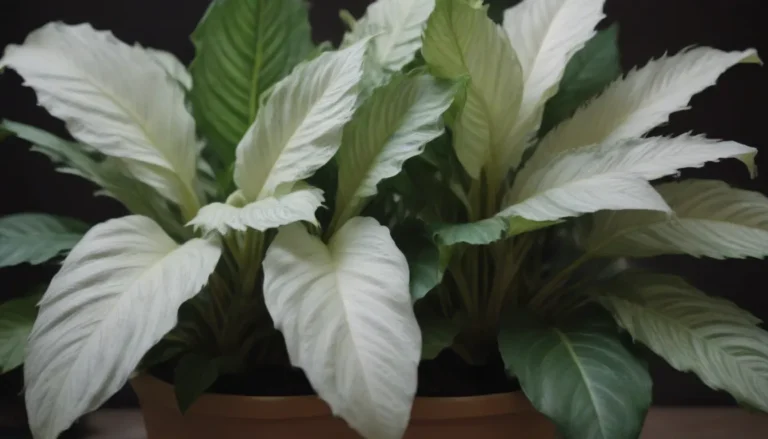Welcoming Spring: A Comprehensive Guide to 34 Blooming Flowers for Your Garden
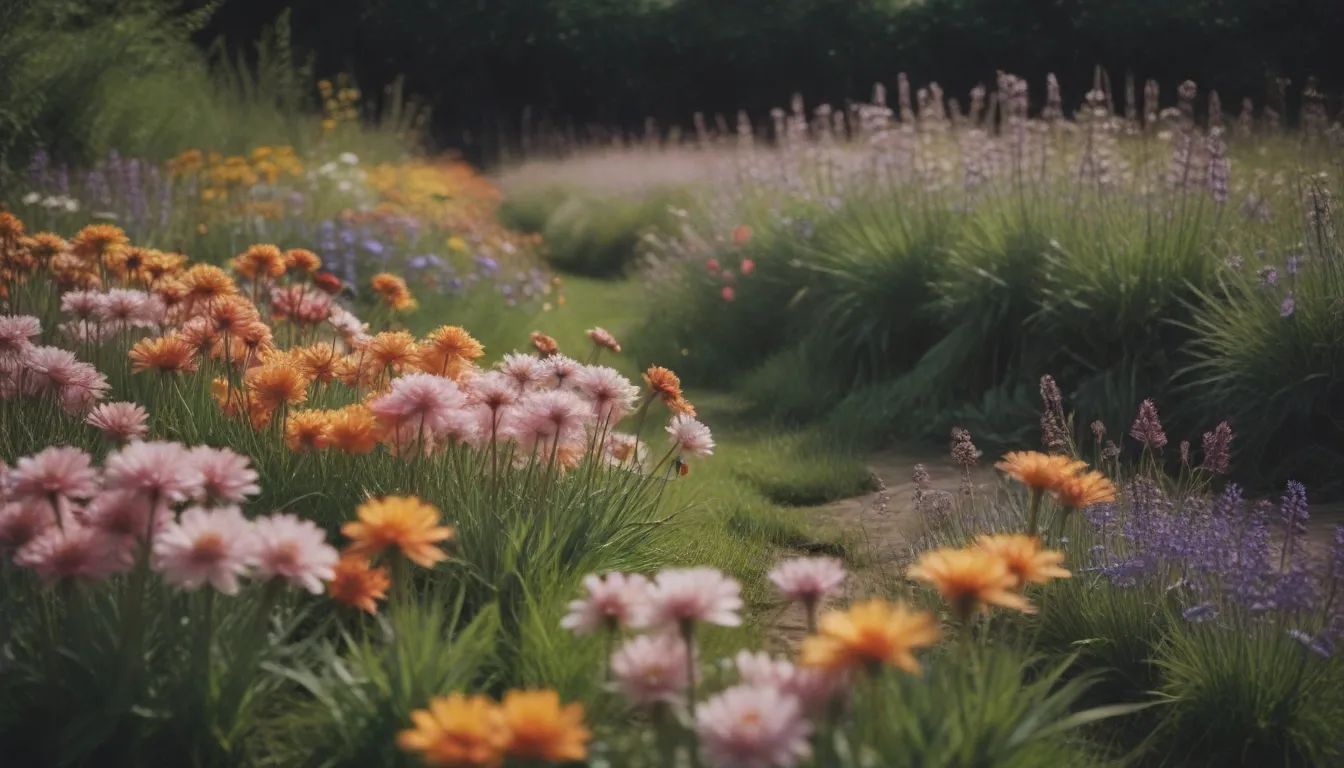
As the winter frost begins to thaw and the sun shines a little brighter, it’s time to start thinking about filling your garden with vibrant spring blooms. While we often think of bulbs like crocuses and daffodils as the quintessential spring flowers, there are plenty of other options to consider. By choosing a variety of plants with different bloom times, colors, and heights, you can create a stunning display that lasts from the beginning to the end of the spring season.
Tips for Planting Spring Flowers
Before we dive into our list of recommended spring blooms, it’s important to keep a few tips in mind to ensure your garden thrives:
– Choose plants that are rated to be dependably hardy in your USDA cold hardiness zone to avoid damage from late frosts.
– Consider the sun exposure and soil needs of each plant to ensure they are placed in the right spot in your garden.
– Be aware of any toxic plants, especially if you have pets or children who may come into contact with them.
Now, let’s explore 34 wonderful options to brighten up your spring garden:
1. Amur Adonis
- Name: Amur Adonis
- USDA Hardiness Zones:
- Color Varieties:
- Sun Exposure:
- Soil Needs:
The Amur Adonis is a delightful perennial that blooms early in spring, offering shades of pale yellow, bright yellow, or deep yellow-orange flowers. This species is perfect for adding a pop of color to your garden when the days are still chilly.
2. Azalea
- Name: Azalea
- USDA Hardiness Zones:
- Color Varieties:
- Sun Exposure:
- Soil Needs:
- Toxic to: Pets
Azaleas are a classic choice for spring blooms, with clusters of white, purple, yellow, and red flowers that add a burst of color to any garden. Just be mindful that azaleas can be toxic to pets, so take precautions if you have furry friends roaming around.
3. Bearded Iris
- Name: Bearded Iris
- USDA Hardiness Zones:
- Color Varieties:
- Sun Exposure:
- Soil Needs:
- Toxic to:
Bearded irises are a popular choice for their easy care and beautiful blooms. With a variety of sizes and bloom times to choose from, you can find the perfect bearded iris to suit your garden style.
4. Columbine
- Name: Columbine
- USDA Hardiness Zones:
- Color Varieties:
- Sun Exposure:
- Soil Needs:
- Toxic to:
Columbines may not have a strong scent, but their unique flowers make them a standout in any garden. With varieties ranging from dwarf to towering, you can find the perfect columbine to fit your space.
5. Common Periwinkle
- Name: Common Periwinkle
- USDA Hardiness Zones:
- Color Varieties:
- Sun Exposure:
- Soil Needs:
- Toxic to:
This creeping groundcover blooms in vibrant lavender-blue or white flowers, making it a perfect complement to spring bulbs that may have faded by the time periwinkle blooms.
6. Creeping Phlox
- Name: Creeping Phlox
- USDA Hardiness Zones:
- Color Varieties:
- Sun Exposure:
- Soil Needs:
An early bloomer, creeping phlox is a low-maintenance groundcover that adds a splash of color to slopes and rock gardens. Pruning after the first bloom can sometimes encourage a second round of flowers.
7. Daffodil
- Name: Daffodil
- USDA Hardiness Zones:
- Color Varieties:
- Sun Exposure:
- Soil Needs:
- Toxic to:
Daffodils come in a wide range of sizes and colors, making them a versatile addition to any garden. These easy-growers thrive in colder climates and can naturalize over time for a stunning display year after year.
8. Daphne Shrub
- Name: Daphne Shrub
- USDA Hardiness Zones:
- Color Varieties:
- Sun Exposure:
- Soil Needs:
- Toxic to:
The Daphne Shrub produces fragrant white to light pink flowers in early spring, followed by small red berries. With variegated foliage options, this shrub is a beautiful and low-maintenance choice for small yards or shrub borders.
9. Diascia
- Name: Diascia
- USDA Hardiness Zones:
- Color Varieties:
- Sun Exposure:
- Soil Needs:
Also known as twinspur, Diascia is a delicate, frothy plant that adds a touch of elegance to any garden. With varieties that spill over pots or grow upright, you can create a stunning display with this South African native.
10. Dutchman’s Breeches
- Name: Dutchman’s Breeches
- USDA Hardiness Zones:
- Color Varieties:
- Sun Exposure:
- Soil Needs:
- Toxic to:
Ideal for shady gardens, Dutchman’s breeches offer unique pantaloon-shaped blooms that are perfect for woodland settings. With feathery foliage similar to bleeding hearts, this plant adds a whimsical touch to any garden.
Planting a Variety of Spring Flowers
When planning your spring garden, it’s important to consider a variety of flowers to ensure a continuous display of blooms throughout the season. By selecting plants that offer different bloom times, colors, and heights, you can create a vibrant and diverse garden that changes and evolves as the season progresses.
In addition to the plants mentioned above, there are many other spring blooms that can add beauty and color to your garden. Here are a few more options to consider:
- Dwarf Flowering Almond
- Flowering Quince
- Forsythia
- Fothergilla
- Foxglove
- Hyacinth
- Lenten Rose
- Lily of the Valley
- Magnolia Trees
- Mock Orange
- Pansy
- Pasque Flower
- Pussy Willow
- Snowdrops
- Spring Crocus
- Sweet Alyssum
- Tulip
- Viburnum
- Virginia Bluebell
- Wallflower
- Weigela
- Witch Hazel ‘Arnold Promise’
- Winter Aconite
- Winter Jasmine
With so many options to choose from, you’re sure to find the perfect spring flowers to suit your garden style and growing conditions. Whether you prefer low-maintenance perennials or vibrant annuals, there’s something for everyone in the world of spring blooms.
Spring Flowers: A Feast for the Senses
In addition to their stunning visual appeal, many spring flowers also offer delightful scents that can enhance your garden experience. From the sweet fragrance of hyacinths to the earthy aroma of lily of the valley, planting a variety of scented flowers can create a sensory paradise in your outdoor space.
When selecting scented flowers for your garden, consider planting them in areas where you can easily enjoy their fragrances. Place them near seating areas, walkways, or windows where you can catch a whiff of their delightful scents as you relax and unwind in your garden.
In conclusion, adding a variety of spring flowers to your garden can transform your outdoor space into a vibrant and colorful oasis. Whether you prefer low-maintenance groundcovers or showy shrubs, there are plenty of options to choose from to suit your style and growing conditions. So get your gardening gloves ready and start planting for a beautiful spring display that will delight you all season long.

